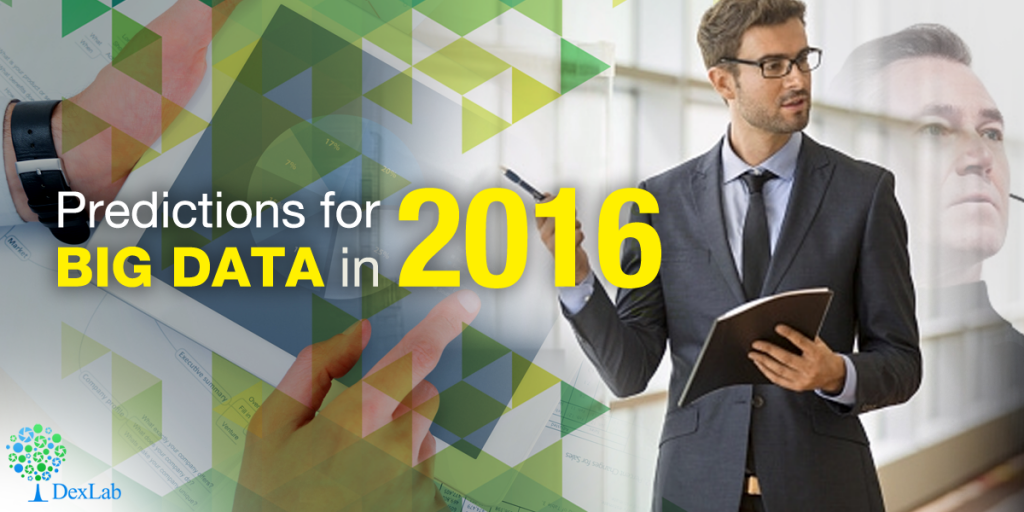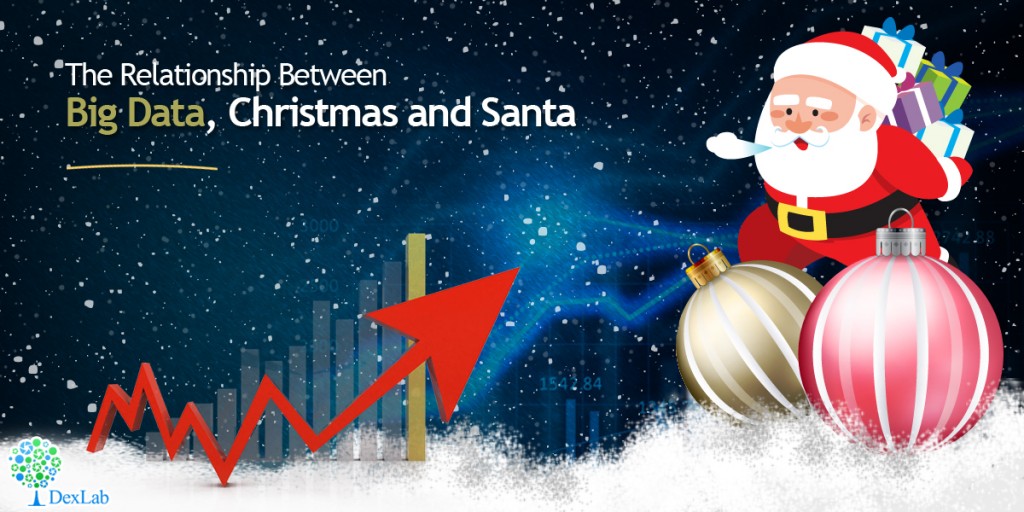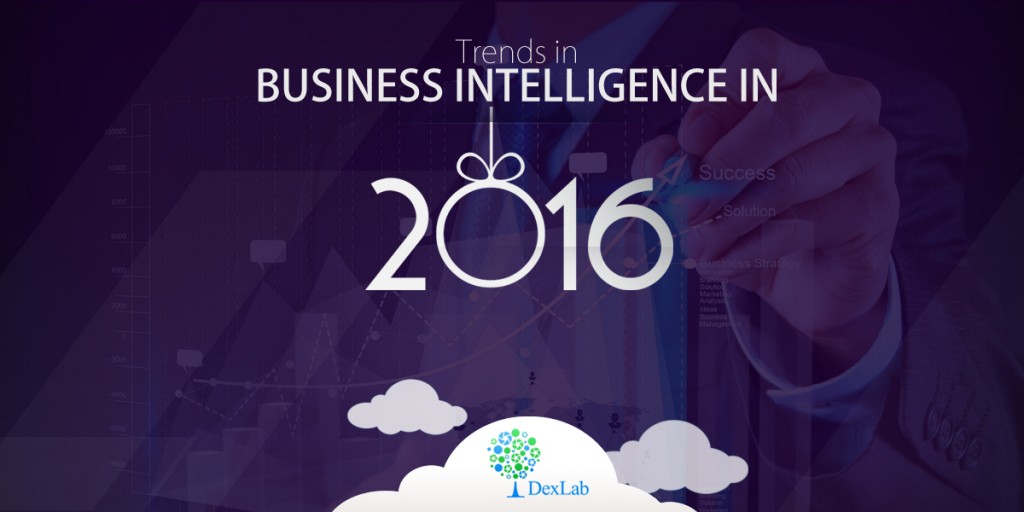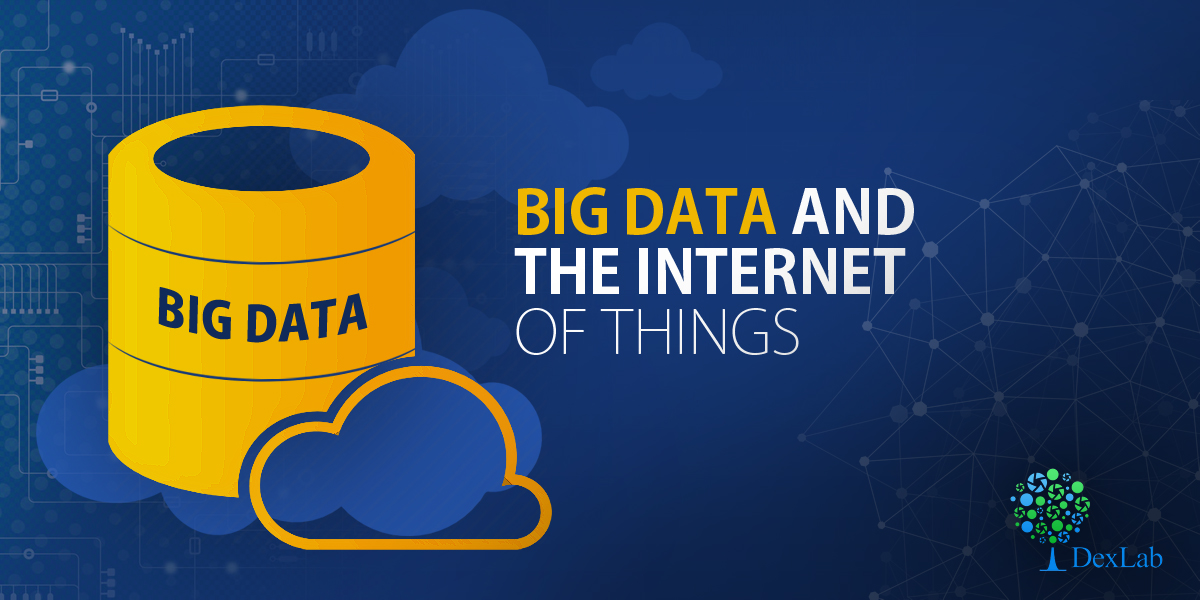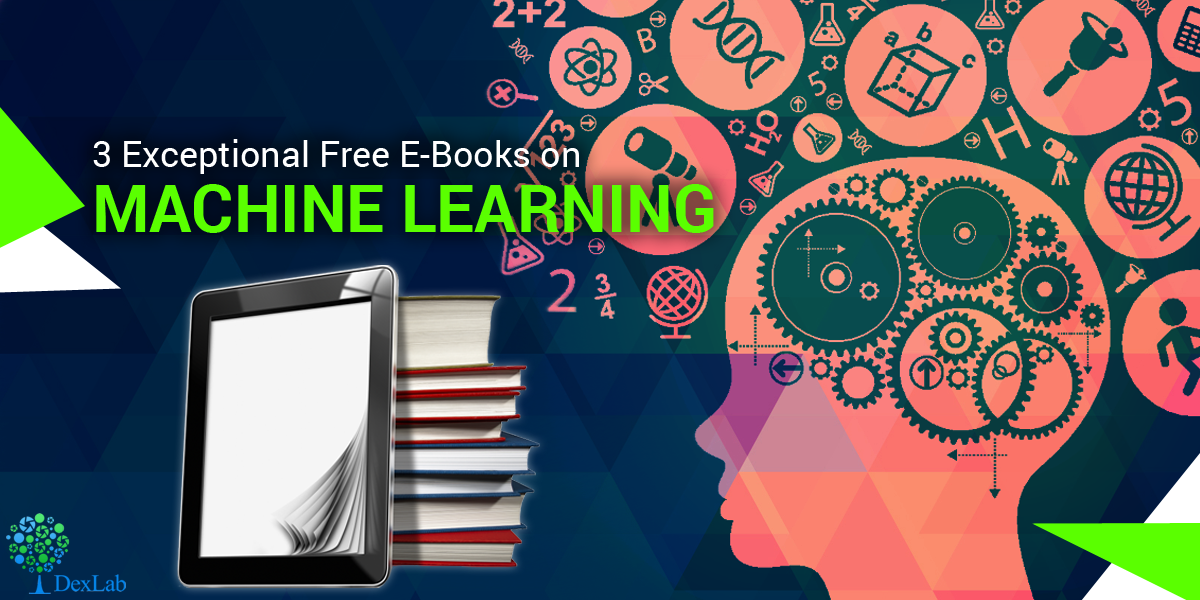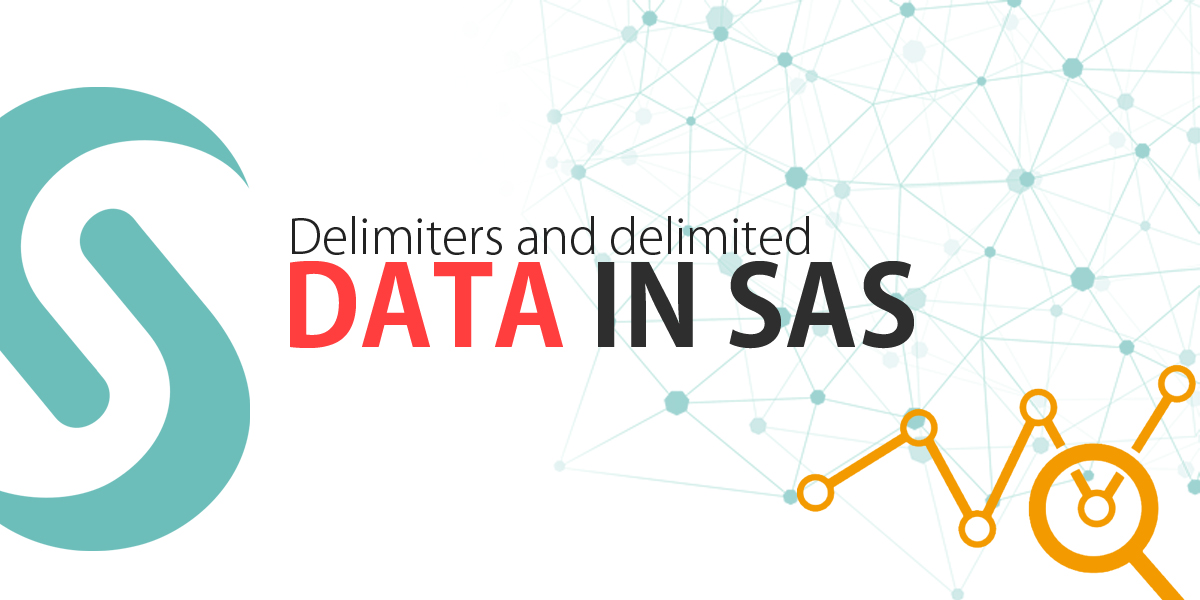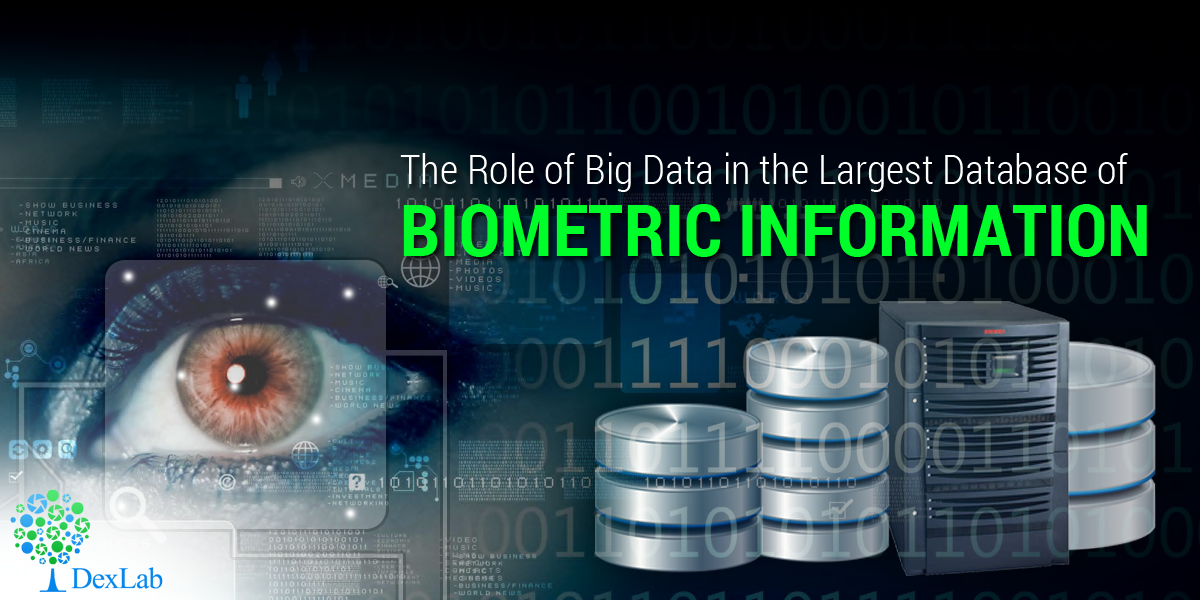Fresh on the heels of the advent of the new year, Big Data enthusiasts might wonder what the coming year beholds like machine learning updates, data as a service that works in real time, Markets of algorithms, Spark and much, much more.
- The Emergence of the Chief Data Officer
The sweeping changes in recent times has made aware that enterprises realize that they are in real need of a working strategy in order to compete with competitors who are digital-native.This strategy is ideally formed by a Chief Data Officer.
- Empowering Business Users
Due to a lack of proper talent in the Big Data industry more tools will emerge that reveal information to the users directly. Salesforce and Microsoft are both letting non-coders create apps that are intended to make visualizations of business data.
- Intelligence Embedding
In recent times it is often seen that organizations embed analytic function pieces directly in the required apps. In fact, according to the predictions by the IDC by 2020, it is projected that all software related to business analytics will include prescriptive analytics which will be based on cognitive computing functionality.
- An End to Talent Shortage
There is an acute shortage of data scientists. As reported recently by A.T. Kearney, the business consultancy no less than 72 % of global companies that are the leaders in their respective markets, find it hard to recruit quality talent in data science. But recent predictions by the International Institute for Analytics run contrary. According to it that scarcity of quality talent in the field may be reduced in 2016 as companies put into use new tactics.
- Machine Learning Comes of Age
Machine learning basically revolves around the creation of algorithms that lets computers sort of learn from experience. It is attracting more than its fair bit of attention in organizations that seek to automate processed that otherwise require the intervention of humans.
- The Rise of the Data-As-A- Service Model of Business
The recent acquisition of the Weather Company by IBM shows signs on what is looming over the horizon. In all likelihood companies will adopt the business model of services that consist of data streams and package and sell the data acquired by them.
